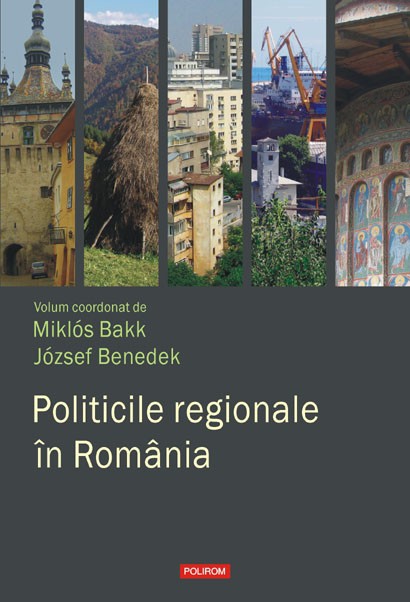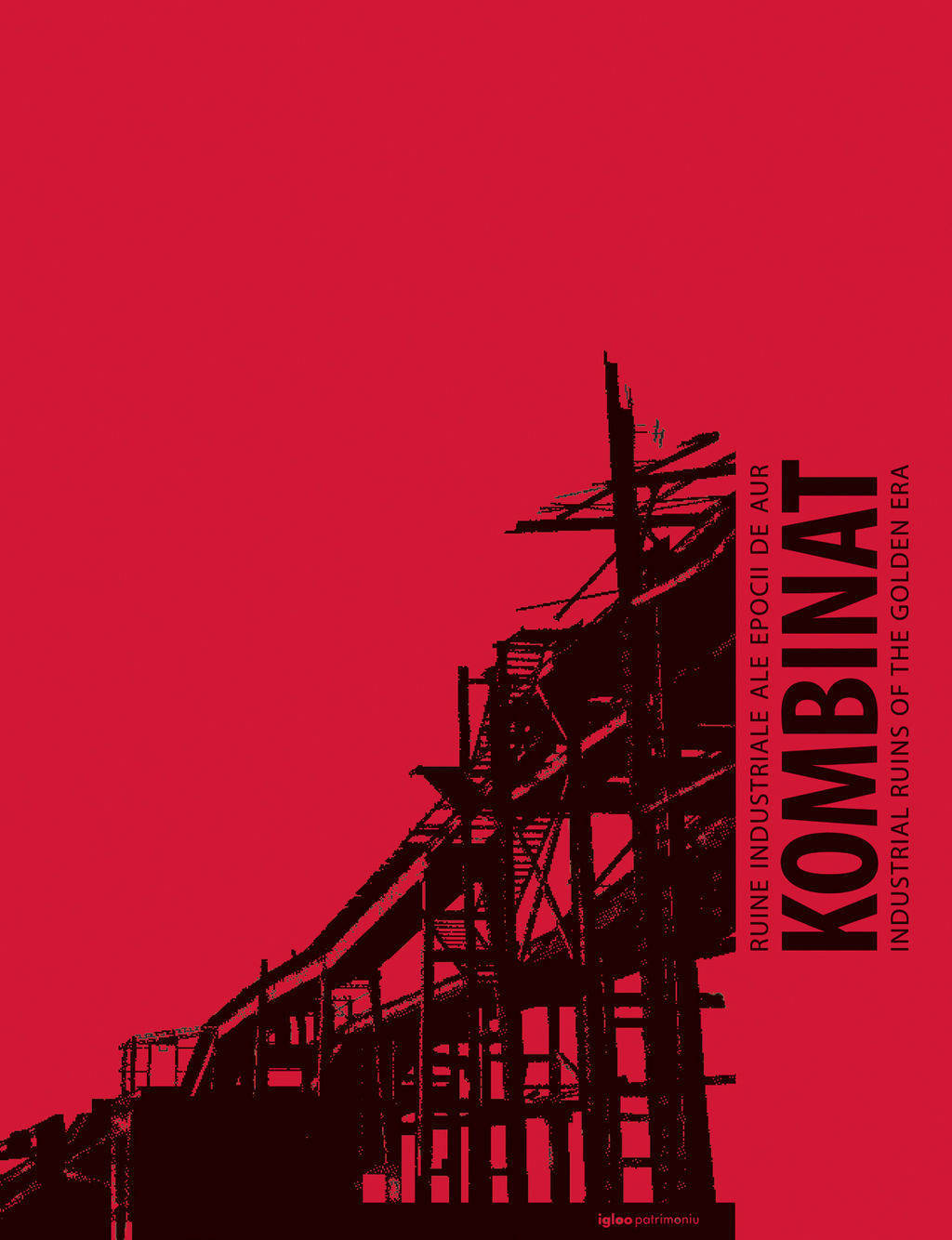Bucharest metropolitan area. A study of agricultural geography using GIS techniques
This book analyses the changing agricultural activities and the impact of urban expansion on the land use and regional economy.Datasets derived from applying GIS (land use data from satellite images, digitizing topographic maps, digital elevation model) were combined with secondary data, fieldwork, interviews or questionnaires sent to the municipalities. Since the 19th century in the Bucharest Region were many land use changes, particularly by grubbing and deforestation to getting new arable land for agriculture or other human activities and needs. For the 20th century was analysed the expansion of the metropolitan area and its implication on land use. Urban expansion …



